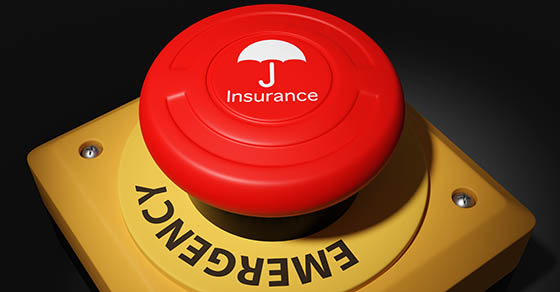Navigating the complexities of health insurance for employees is an ongoing concern for businesses striving to balance cost-effectiveness with comprehensive coverage. Two primary options emerge: the familiar realm of fully insured plans purchased from insurers, or the more hands-on approach of self-insurance.

Opting for self-insurance entails shouldering the responsibility of funding and managing the plan, often with the aid of a third-party administrator. While this route offers greater control and potential cost savings, it also exposes businesses to the full financial risks of healthcare expenses. Enter stop-loss coverage — a vital safeguard against unpredictable and potentially catastrophic losses in a self-insured scenario. Understanding the fundamental features and intricacies of stop-loss coverage is essential for business owners considering the self-insurance route in the realm of employee health benefits.
Basic features
Stop-loss coverage is essentially insurance for your health insurance. These high-deductible policies help protect against unpredictably high or catastrophic losses.
More specifically, stop-loss coverage kicks in once an individual claim and, if the self-insured policy is so designed, annual aggregate claims reach a contracted threshold known as the “attachment point.” Some stop-loss policies cover only individual claims — known as “specific” coverage — instead of providing both specific and aggregate claims protection.
Typically, the larger and more profitable the business, the higher the stop-loss deductible and attachment point. This is because larger companies are usually less financially vulnerable to an occasionally catastrophic medical claim. Self-insurance generally isn’t economically advantageous for companies with fewer than about 75 employees.
Claims and coverage
Aggregate claims protection typically works like this: You and your broker or claims administrator agree on an estimate of what total claims will be in the upcoming year, based on your recent claims experience. Let’s say it’s $1 million. The aggregate attachment point generally will be set at 125% of that amount — that is, claims will be covered when you have already paid out $1.25 million.
There can be a complicating factor, however, known as a “laser.” A stop-loss carrier, or you, might decide that an employee with a high medical risk profile needs to be “lasered” out of the terms that apply to other employees covered by the stop-loss policy. Instead, you’ll remain on the hook for a much higher amount before stop-loss protection kicks in. You might request a laser to lower your premium, or the stop-loss carrier might demand it to manage its risk.
What’s a typical specific coverage amount? As with the decision of whether to include an aggregate claims limit on your stop-loss coverage, the answer generally varies according to business size. Many stop-loss buyers pick an attachment point for individual claims at below $250,000, with some businesses setting the limit below $75,000. However, some set higher limits as well.
Basically, it’s a question of how much financial protection you’re willing to pay for. Going with a higher attachment gets you lower premiums. For example, a premium per covered employee with a $100,000 deductible might be around twice as high as it would be for one with a $200,000 deductible, and more than five times as high as one with a $500,000 attachment point.
Many challenges
As you can see, self-insurance has many challenges — starting with stop-loss coverage, which is a necessity. Nevertheless, it can be an effective approach under the right circumstances. We can help you assess the costs, risks and potential advantages of self-insuring vs. fully insuring. Please contact your Rudler, PSC advisor at 859-331-1717 with any questions.
RUDLER, PSC CPAs and Business Advisors
This week's Rudler Review is presented by Josh Myers, Staff Accountant and Becca Thorman, CPA, CVA.
If you would like to discuss your particular situation, contact Josh or Becca at 859-331-1717.


As part of Rudler, PSC's commitment to true proactive client partnerships, we have encouraged our professionals to specialize in their areas of interest, providing clients with specialized knowledge and strategic relationships. Be sure to receive future Rudler Reviews for advice from our experts, sign up today !